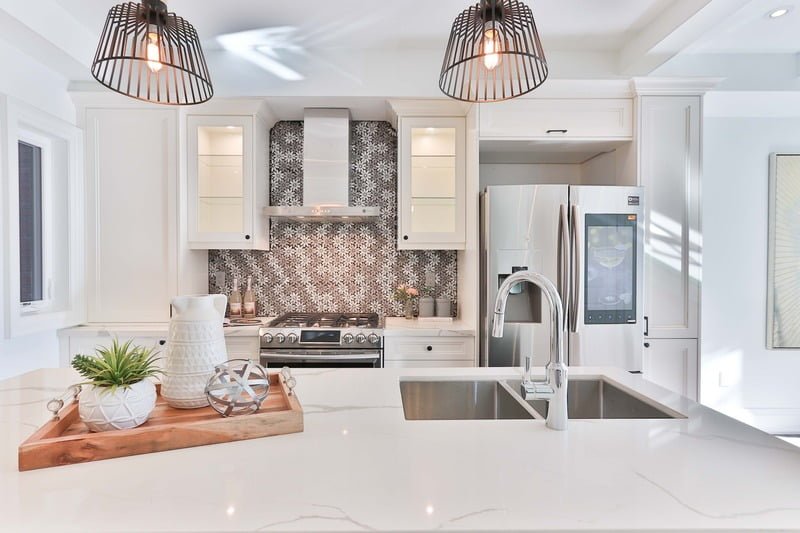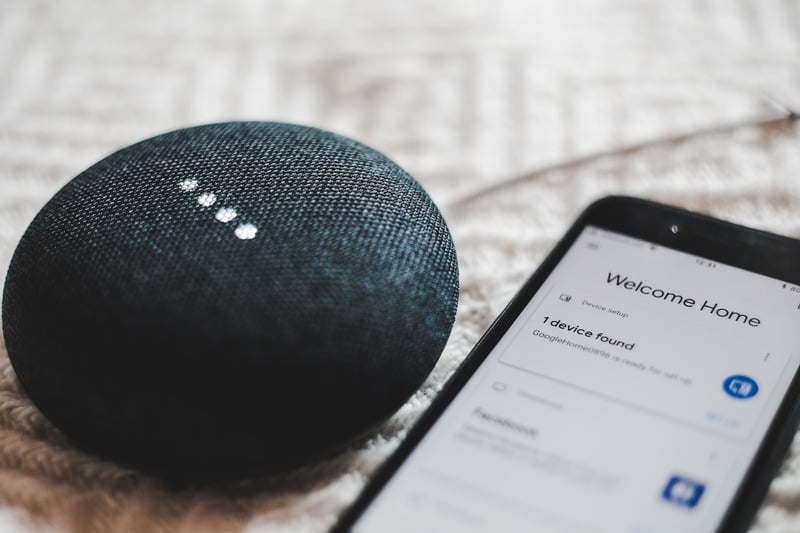
TABLE OF CONTENT
INTRODUCTION TO SMART HOMES
A smart home is a revolutionary concept in the realm of home automation, where convenience and technology converge to create a living space that is both intelligent and intuitive. At its core, a smart home integrates internet-enabled devices and appliances, allowing them to be controlled remotely. This integration transforms how we interact with our living spaces, bringing a new level of convenience and efficiency.
Key Facts:
- Definition: A smart home is a residence equipped with devices that automate tasks traditionally handled by humans.
- Connectivity: These devices are interconnected through the internet, enabling remote management.
Quote: “Smart homes are the epitome of modern living, offering unparalleled convenience and efficiency.”
HOW SMART HOMES FUNCTION
Smart homes operate on the principle of interconnectivity and automation. The devices within a smart home are connected to a central system, often controlled through a smartphone, tablet, or computer. This system acts as the brain of the home, coordinating and automating tasks based on user preferences.

Key Components:
- Central Control System: The hub that connects all smart devices.
- Smart Devices: Includes smart thermostats, lights, locks, cameras, and appliances.
- User Interface: Apps or voice commands are used to control the system.
Case Study: A study on smart home efficiency showed that users could save up to 30% on energy bills by automating their heating and cooling systems.
TYPES OF SMART HOME SYSTEMS
Smart home systems can be broadly categorized into wireless and hardwired. Each type has unique features and applications, catering to different user needs.
- Wireless Systems:
- Pros: Easy to install, flexible, and ideal for smaller homes or rentals.
- Cons: Dependent on Wi-Fi strength, and may require additional extenders.
- Hardwired Systems:
- Pros: More reliable, secure, and can increase home resale value.
- Cons: More expensive, requires professional installation, and is ideal for new constructions or major renovations.
Table: Comparing Wireless and Hardwired Systems
| Feature | Wireless System | Hardwired System |
| Installation | Easy, DIY-friendly | Professional installation required |
| Reliability | Dependent on Wi-Fi | Highly reliable |
| Security | Good (with strong Wi-Fi) | Superior |
| Cost | Generally lower | Higher initial investment |
IMPLEMENTING SMART HOME TECHNOLOGY
Implementing smart home technology involves more than just purchasing devices; it’s about creating a cohesive system that enhances the functionality and comfort of your home. Here’s how to get started:
- Identify Your Needs: Determine what aspects of your home life you want to automate or control remotely. This could range from security to energy management.
- Choose a Central Control System: Select a system that can integrate with a wide range of devices. Popular options include Amazon Alexa, Google Home, and Apple HomeKit.
- Select Compatible Devices: Ensure the devices you choose are compatible with your central system. Look for smart lights, thermostats, locks, cameras, and appliances.
- Installation and Setup: For wireless systems, follow the manufacturer’s instructions for setup. Hardwired systems may require professional installation.
- Customize and Automate: Set up schedules, automation rules, and preferences. For example, program your lights to turn off automatically when you leave the house.
List of Popular Smart Home Devices:
- Thermostats: Nest, Ecobee
- Lighting: Philips Hue, LIFX
- Security Cameras: Arlo, Ring
- Locks: August Smart Lock, Yale Assure
- Speakers/Assistants: Amazon Echo, Google Nest Hub
The beauty of smart home technology lies in its ability to adapt to your lifestyle, making everyday tasks simpler and your home more energy-efficient.” –
PROS AND CONS OF SMART HOMES
Smart homes offer a range of benefits but also come with their own set of challenges.
Pros:
- Convenience: Control multiple aspects of your home from anywhere.
- Energy Efficiency: Automated systems can lead to significant savings on utility bills.
- Enhanced Security: Real-time alerts and remote monitoring options.
- Customization: Tailor your home environment to your preferences.
Cons:
- Security Risks: Potential vulnerability to hacking.
- Complexity: This can be overwhelming for non-tech-savvy individuals.
- Dependence on the Internet: Requires a stable Internet connection.
- Initial Cost: High upfront investment for some systems.
Case Study: A survey conducted by a home automation company revealed that 75% of users found smart home technology made their lives easier, while 20% had concerns about data security.
COST ANALYSIS OF SMART HOMES
The cost of setting up a smart home varies widely based on the scale and type of technology implemented.
- Initial Costs: Includes the price of smart devices and installation fees. Wireless systems are generally cheaper, while hardwired systems are more expensive.
- Ongoing Costs: Consider the cost of internet service, device maintenance, and potential subscription fees for certain services.
Table: Estimated Costs of Common Smart Home Devices
| Device Type | Estimated Cost Range |
| Smart Thermostat | $100 – $250 |
| Smart Lighting Kit | $50 – $200 |
| Smart Security Camera | $100 – $400 |
| Smart Lock | $150 – $300 |
| Home Assistant Device | $50 – $150 |
CONCLUSION: WEIGHING THE WORTH OF SMART HOMES
In conclusion, smart homes represent a significant advancement in home automation, offering convenience, energy efficiency, and enhanced security. However, they also come with challenges such as potential security risks and the need for a stable internet connection. The decision to invest in a smart home should be based on a careful consideration of these factors, along with the cost and your personal lifestyle needs.
Final Thoughts: “While smart homes are not a one-size-fits-all solution, they offer compelling benefits for those looking to enhance their living experience through technology.” – LSMS
If you enjoyed this, you might also like – Interior designs for the modern man

